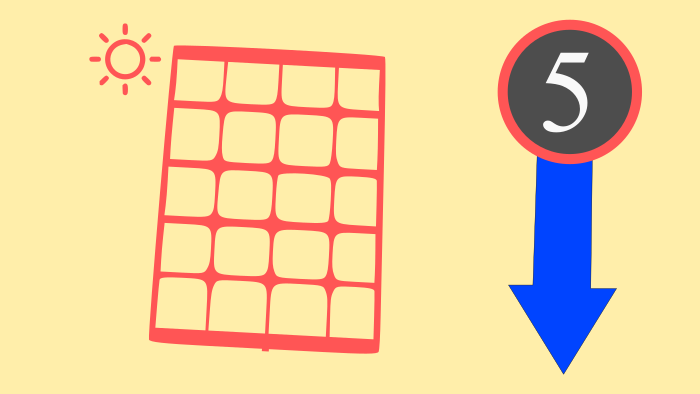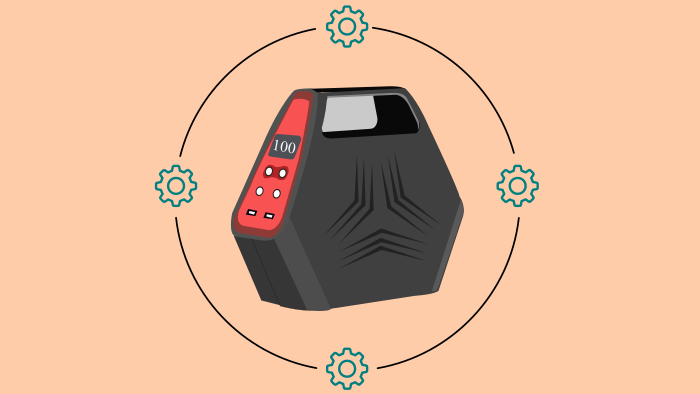The amount of power that an RV’s AC unit consumes is influenced by several factors, including the RV’s size, the age of the AC unit, and other variables. If you own an RV and wish to operate its AC system, but are unsure of the power requirement, or if you’re planning to purchase a generator but aren’t sure what size to get.
On average, an RV AC uses 500-1200 watts, but the power consumption of an ac depends on a lot of factors which we will discuss below in detail.
Further in this article, we explain in detail which factors impact the power consumption of an RV AC, and we also elaborate on how can power consumption of an AC is reduced by doing little steps.
In the appliance, there are two types of wattage: startup and continuous watts. Calculate running and continuous power requirements and add an additional 15% power for marginal care safety.
Factors Impacting Power Consumption
Size Of RV
The size of the air conditioner is described in terms of British Thermal Units (BTUs) or tons. In simple terms, BTUs describe how much room an air conditioner needs to cool.
AC with different BTUs consumes different wattages, whose table is at the end. A larger RV consumes more power than a smaller RV due to its size.
In a small RV, one AC is usually more than enough to keep you cool, while in a bigger RV, three ACs are installed to provide proper air conditioning.
We are making the average power requirement of the air conditioner based on the BTU rating.
The size of a 20-foot RV is 20×10=200 square feet, which requires 5500 BTU, and the different BTU requirements of different RV sizes are listed below.
| Length of RV | British Thermal Unit (BTU) | Watts (Approximate) |
| 20 ft. or 200 sq ft. | 5500 BTU | 500-600 |
| 25 ft. or 250 sq. ft | 6000 | 600-700 |
| 300 | 7000 | 700-800 |
| 350 | 8000 | 800-900 |
| 400 | 8000 to 9000 | 900-1000 |
| 450 | 9500 to 10000 | 1000-1100 |
| 500 sq feet | 11000 to 12000 | 1100-1200 |
BTU ratings alone cannot be used to calculate the power consumption of an air conditioner. There are other factors that also affect the working of an air conditioner, which we will discuss below.
People Inside RV
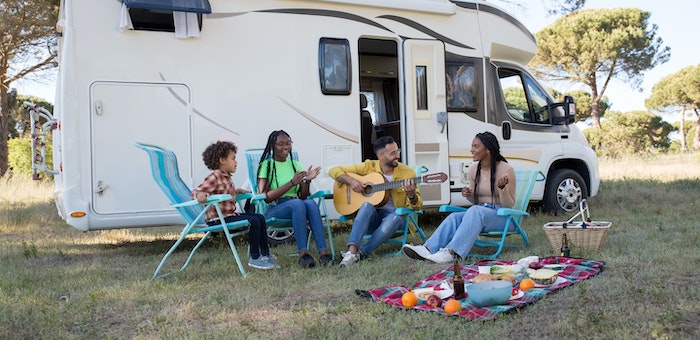
More people inside the RV release more heat which results in a lot of pressure on the air conditioner. The air conditioner has to do a lot of work to put heat outside the RV released by the people inside the RV which increases the power consumption.
Age of AC
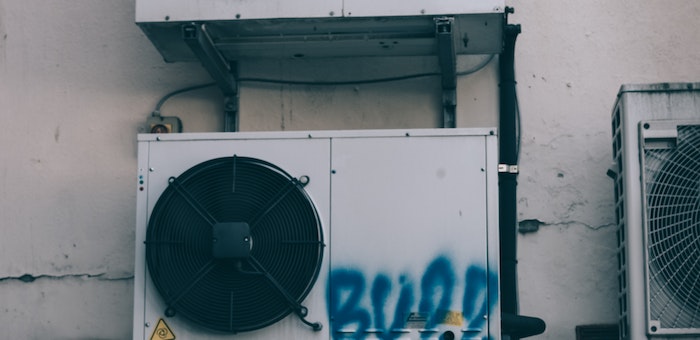
Power consumption is also dependent upon the age of the AC installed in the RV. The older AC will draw more power due to a decline in its efficiency with usage.
Outside Weather

Power consumption depends upon the weather of the area you are travelling. The principle of AC is the difference in temperature inside and outside.
If there is scorching heat outside the RV then it will draw more power to maintain the temperature inside the RV. On the other hand, the AC draws less power if there is a low temperature outside.
Steps For Power Efficiency
Avoid Heating Process
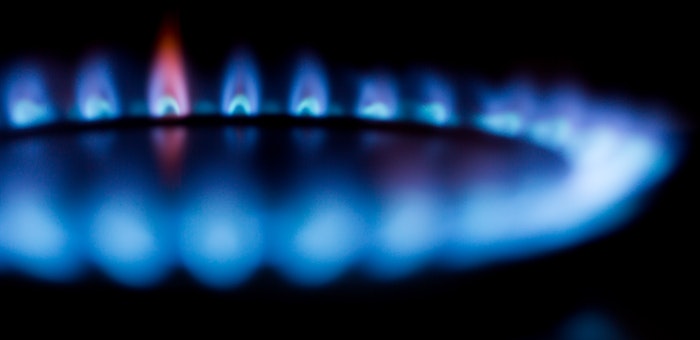
Try to avoid any kind of work that involves the heating process which will increase power consumption by putting pressure on the air conditioner.
Try to cook outside the RV so the temperature of your RV remains stable, otherwise, the air conditioner will need more power to maintain the temperature.
Close The Window or Any Opening
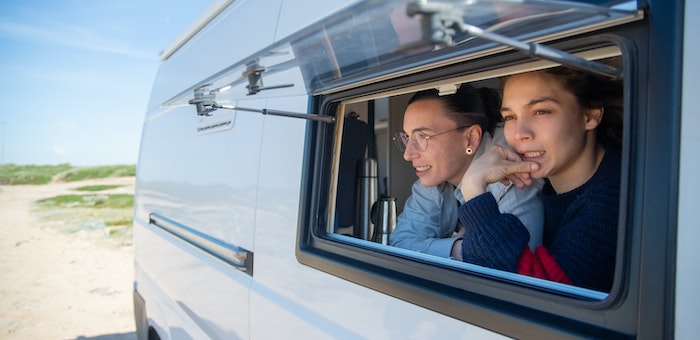
In the presence of any open space, such as a window, heat can enter the RV, causing the AC unit to work harder to remove it.
Minimum Objects

More objects in RV also increase the power consumption of air conditioners because objects absorb the cooling of the AC.
Conclusion
AC of RV draws almost 500-1200 watts depending upon a lot of factors. The wattage requirement of RV AC depends upon the size of the RV, the number of people inside, the age of the AC, and outside Weather. You must avoid any kind of heating process inside the RV while AC is running. Try to minimize the objects inside, and also close any kind of opening from where heat can enter the RV.

